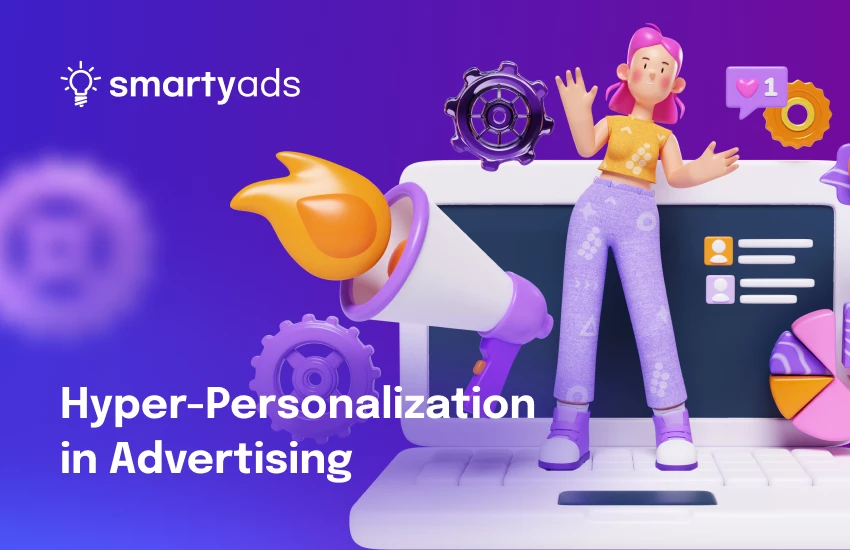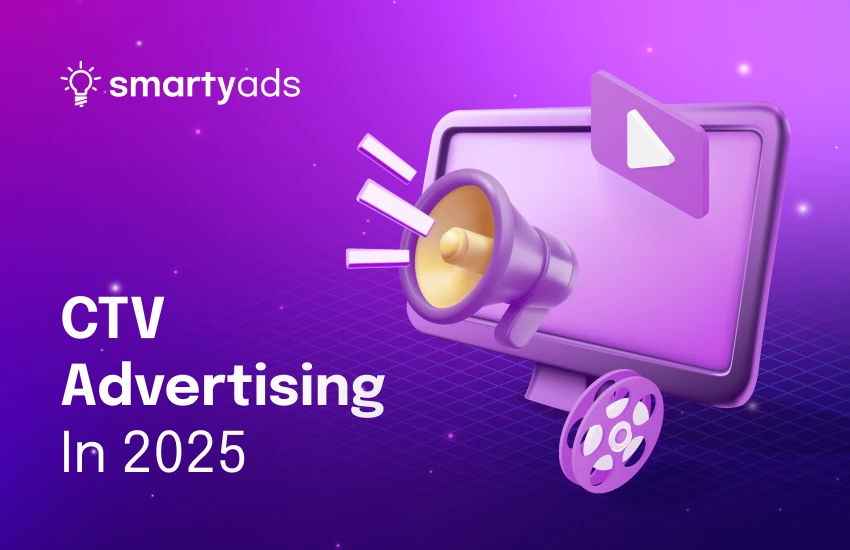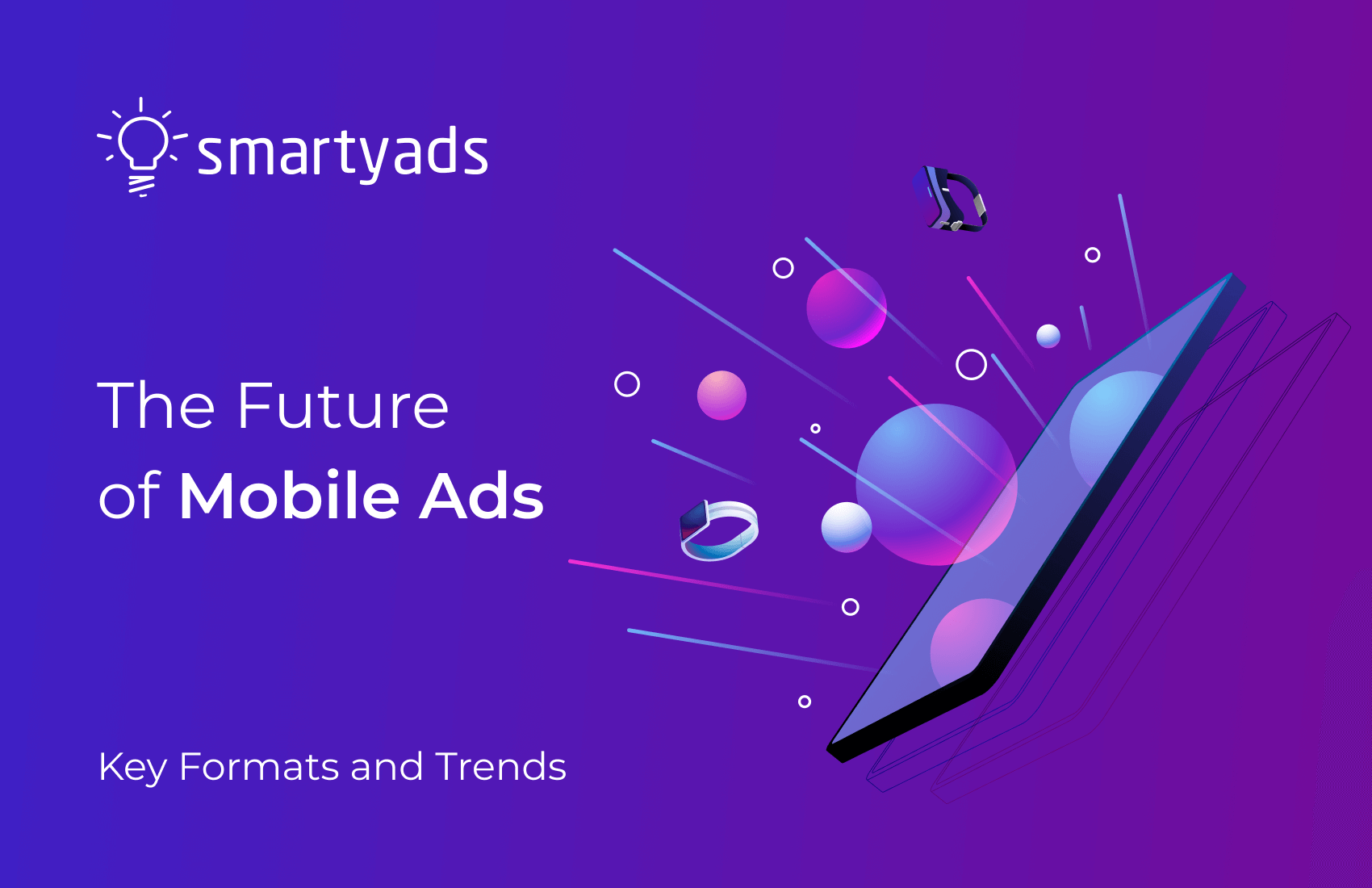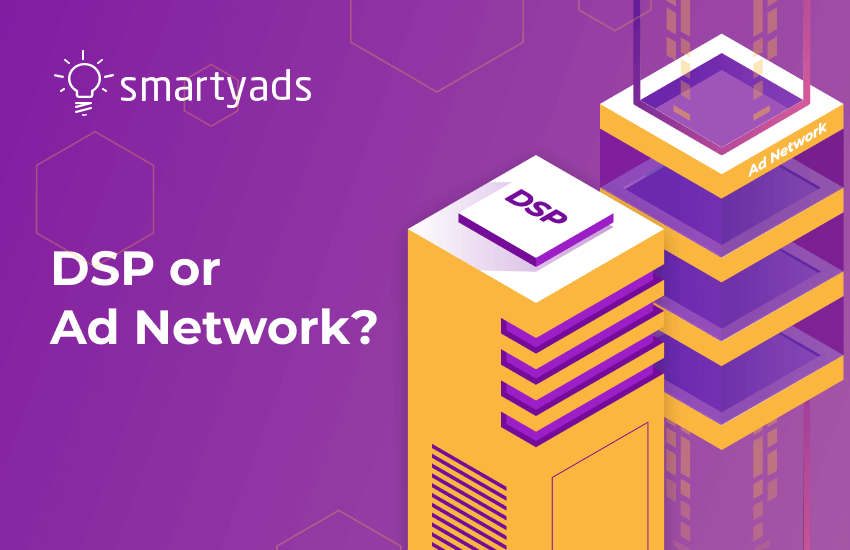Imagine walking into a store where the seller already knows what color fits you, what brand you love, and what mood you’re in today. Sounds convenient, right? But if they start guessing what you’ll want next week — it suddenly feels too much. That’s exactly where hyper-personalization marketing lives — on that fragile border between helpful and intrusive.
In simple terms, hyper-personalization examples go beyond the usual “Hello, [Name]” kind of targeting. It uses AI, machine learning, and real-time data to read not just who the user is, but what they need right now. It studies behavior, intent, and context — almost like a brand learning to listen before it speaks.
For programmatic advertising and DSPs, this approach changes everything. Instead of throwing random ads into the void, today’s platforms can craft messages that actually fit — like a well-tailored jacket. They show up at the right time, in the right place, and speak to something real. The goal isn’t to be louder. It’s to start a conversation that feels natural — one that people actually want to be part of.

Why hyper-personalization matters for brands and customers
People don’t want to feel like numbers in a spreadsheet — they just want to be understood. The brands that get this, really get it, stand out without even trying. When an ad touches on something real — a need, a moment, a feeling — it stops being noise. It becomes a small, human connection that actually matters.
For marketers, that connection means numbers that finally make sense. Higher CTRs. Longer attention. Better ROI. But behind those numbers — there’s trust. Each relevant message builds a bit of it, like laying bricks for a long-term relationship instead of chasing quick clicks.
And here’s the thing — customers now expect it. They’re used to Spotify guessing their mood, or Netflix knowing what to suggest next. Ads are no different. The more tailored and thoughtful the experience, the deeper the engagement. Hyper-personalization in marketing isn’t just a tactic anymore — it’s how brands stay human in a world run by algorithms.
The risks of going too far: when personalization becomes intrusion
There’s a thin line between “you get me” and “you’re watching me.” Once crossed, curiosity turns into discomfort. We’ve all seen those ads that follow us everywhere — same product, same message — until it starts to feel like digital stalking. That’s not a connection. That’s fatigue.
When brands overreach, trust breaks. Users start asking, how much do they actually know about me? And that’s where privacy concerns step in. Laws like GDPR and CCPA didn’t just appear out of nowhere — they came because people got tired of being watched without knowing it. They wanted honesty, control, and the right to simply say “no.”
Respecting consent isn’t just about staying compliant. It’s about basic respect. Even the smartest targeting means nothing if people stop paying attention. Real personalization should feel like an open door — not someone peeking through the window.
Balancing relevance and privacy in advertising
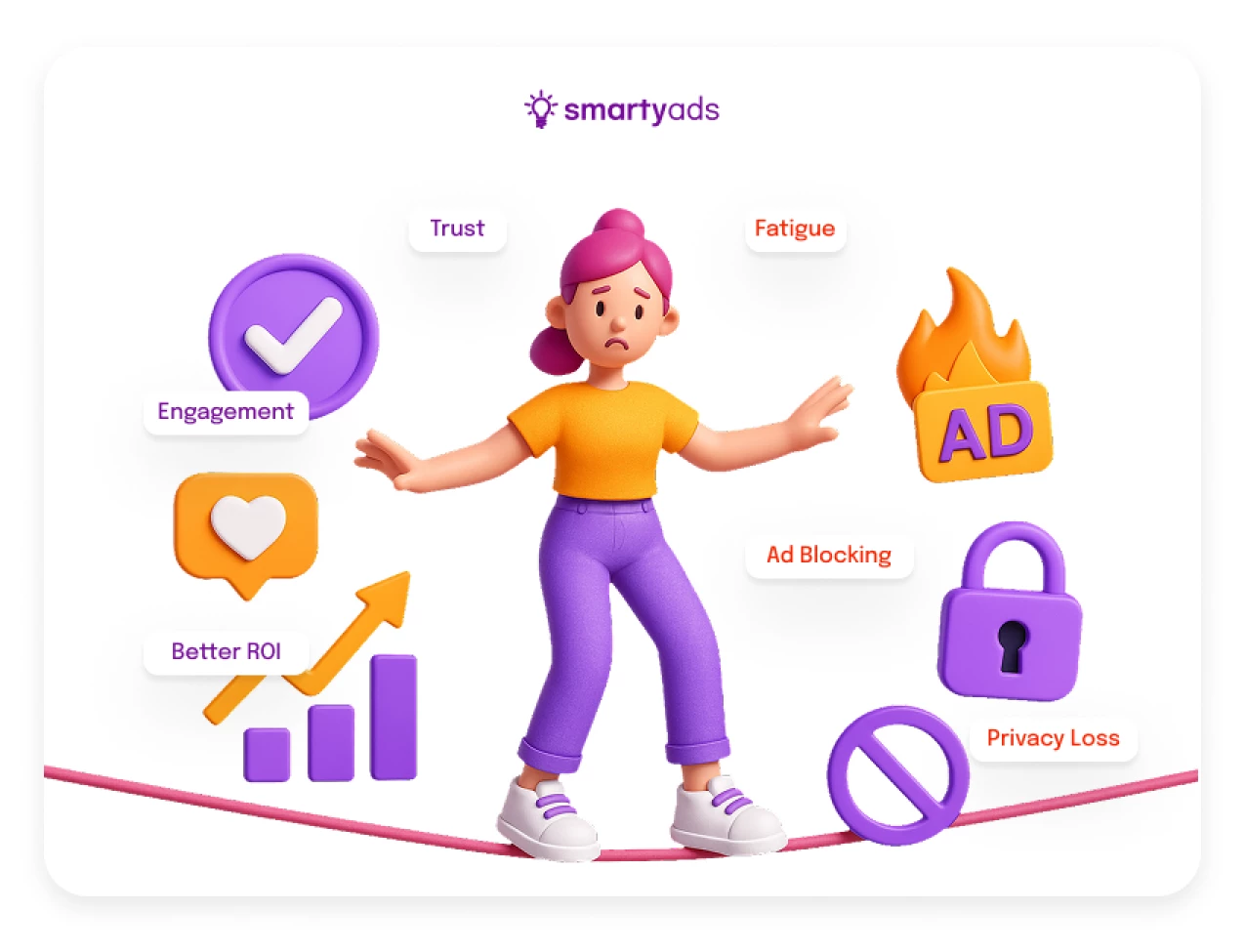
The art of good advertising today isn’t about knowing everything — it’s about knowing enough. Brands that master this balance earn attention instead of forcing it.
Start with basics that show respect. Use frequency capping — nobody wants to see the same ad a dozen times. Choose contextual targeting — where ads fit naturally into what people are already reading or watching. And most importantly, respect data boundaries. Just because you can collect something doesn’t mean you should.
Modern advertisers need a mindset shift — from tracking everything to using the right data responsibly. It’s not about chasing users across the web. It’s about creating a moment that feels relevant, safe, and human. When done right, personalization doesn’t invade space — it earns a place in it.

How programmatic technology powers hyper-personalization
Behind every “perfectly timed” ad, there’s powerful tech quietly working in the background. Programmatic platforms — especially DSPs — make hyper-personalization in digital marketing possible at scale. They read signals in milliseconds, decide who should see the ad, and deliver it at the right moment, in the right place.
AI and machine learning act like the brain of the operation. They analyze patterns, intent, behavior — learning from every impression. The result? Ads that actually make sense, not random banners shouting into the void.
With solutions like SmartyAds DSP, advertisers can do this smartly and ethically. It’s a self-serve platform that turns data into meaningful action — helping brands reach people efficiently, without crossing privacy lines. Think of it as precision with purpose: personalization that respects boundaries while driving results.
Best practices for implementing hyper-personalization in advertising
Getting hyper-personalized ads right isn’t about having more data — it’s about using it with meaning, so your message feels real, not robotic.

1. Collect clean, consent-based data
Everything starts with trust. Use data that people choose to share — not what you dig up without them knowing. When someone understands what they’re giving and why, they relax.
And when they relax, they start to care. That’s when real engagement begins. Consent isn’t a formality — it’s that first honest handshake before a real conversation.
2. Use AI and machine learning wisely
AI is great at crunching numbers and spotting patterns we’d probably miss — but it doesn’t feel the room. It doesn’t know when something sounds off or too much. That part’s still ours.
Use technology to help you understand people, not to chase them. Let data guide you quietly, but keep the human voice in charge. That’s how ads sound natural — not like they were written by a machine.
3. Segment by intent, not just demographics
People are more than categories in a dashboard. Age and gender tell you almost nothing about what someone feels or needs right now. Look deeper — what’s driving them at this very moment?
Maybe they’re searching, hesitating, or ready to commit. When you speak to that, your ad feels like a timely nudge, not a random interruption. It’s less about chasing, more about showing up at the right time.
4. Rely on contextual targeting
Sometimes, the magic isn’t in who sees the ad — it’s in where they see it. Context gives your message a heartbeat. When an ad blends into the moment, it feels like part of the story, not a sales pitch.
Think of it like joining a friendly chat instead of bursting into the room mid-sentence. An ad for sneakers next to a marathon article feels right — useful, even. It meets people where their minds already are. That’s the kind of relevance no cookie or pixel can fake.
5. Set frequency limits
Even the most beautiful song starts to irritate when it’s on repeat. The same goes for ads. When people see your message too often, it stops being friendly and starts feeling like background noise. Frequency capping is your way of showing emotional intelligence — knowing when to pause and let the message sink in.
Give users a little space. Let curiosity grow in silence. When your ad appears again, it should feel like a gentle reminder, not an unwanted echo. Sometimes, knowing when not to speak is what makes your brand truly heard.
6. Measure long-term impact
Clicks are easy to count, but relationships aren’t. Don’t chase short spikes; look at how people respond over time. Are they coming back? Engaging more deeply? Real hyper-personalization ads build loyalty, not just conversions. Think of it as planting seeds — not fireworks.
Achieve personalization that drives results with SmartyAds DSP
At SmartyAds, we’ve spent more than a decade helping brands turn plain data into stories that actually connect. Our DSP gives advertisers everything they need to build personalized campaigns across display, mobile, video, and CTV — always with privacy at the center.
We’ve helped retailers boost engagement, and media buyers reach the right audiences with precision and purpose. One thing we’ve learned along the way — relevance always wins. Our solutions are built to keep it that way: smart, transparent, and made to grow with you. Take a look at our case studies and portfolio.
Conclusion
Hyper-personalization advertising isn’t about chasing users with data. It’s about understanding them just enough to speak their language — with timing, respect, and intent. The brands that get it right don’t shout louder. They listen better.
In a world overflowing with ads, relevance feels like a rare luxury. When done thoughtfully, it builds trust, emotion, and long-term connection — the kind that can’t be faked by algorithms.
At the end of the day, personalization isn’t a trick. It’s a dialogue. And the brands that treat it that way will always be the ones people remember.
Ready to make your ads feel personal — not intrusive? Start crafting smarter, privacy-first campaigns with SmartyAds DSP today.

FAQ
When brands cross the line, hyper-personalization in digital advertising feels less like connection and more like surveillance. It’s that moment when an ad seems to know too much. The secret is balance — to stay relevant without getting too close. Respect the space between helpful and invasive.
SmartyAds DSP helps advertisers walk that fine line. It blends data, context, and consent — so each message feels personal, not pushy. With AI and privacy-first tools, we make sure your ads talk to people, not at them. See how we do it with SmartyAds DSP.
The future isn’t about knowing everything. It’s about understanding why people act. The next wave of hyper personalization definition focuses on intent and emotion — where technology listens, learns, and adapts in real time, yet still respects the person behind the screen.
